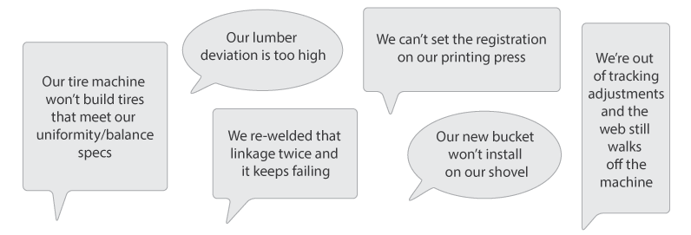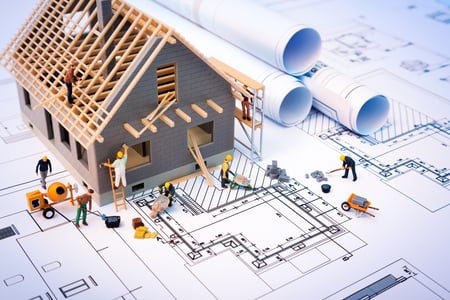 I have a German friend who tells me that a number of local dialects are spoken across his country. These German dialects vary enough that communication problems sometimes happen. So when people from different areas find themselves having a hard time understanding each other, he says they switch to “High German”, which everyone is taught in school from an early age. This puts them on a common ground for communication.
I have a German friend who tells me that a number of local dialects are spoken across his country. These German dialects vary enough that communication problems sometimes happen. So when people from different areas find themselves having a hard time understanding each other, he says they switch to “High German”, which everyone is taught in school from an early age. This puts them on a common ground for communication.
Because we provide alignment services to a number of diverse industries, we’ve seen this same phenomenon. Various industries have their own slang, pet names, and explanations describing machine parts and processes. Terms differ widely between industries and even differ among machine manufacturers in the same industry. When members of different groups discuss alignment issues, their unique verbiage may create confusion. We have heard people say things like:

These are good descriptions of the problem, but everyone must understand the “local dialect” if a group is to decode this information quickly and work toward a solution. Fortunately, machinists and metrologists can rely on the “high” language of machine geometry to communicate with each other regarding precision alignment issues.
Like Building a House
The simple and familiar example of building a house illustrates how geometric principles bring clarity to maintaining mechanical systems.

Most people understand the need for walls to be plumb and square, floors to be level, and beams and joists to be straight. Initially, we may not view these requirements as “geometry”, but it is easy to see flat surfaces (walls and floors) as planes and structural elements (joists and beams) as lines. We create geometric pictures in our minds that help define what plumb, square, level and straight means.
Similar with Machines
The same principles apply to machine alignment. It’s helpful to simply visualize machine components as geometry … machine ways become planes, engine bores become centerlines, and rolls become cylinders. With the machine geometry defined, the relationship of the machine components can be determined … are they straight, level, plumb, parallel, or perpendicular?





Move your mouse over the images above to see the effects of proper alignment.
Builders use tape measures, plumb bobs and levels to ensure that a house is constructed within specification. The industrial world uses optical instruments to guide the installation and maintenance of precision machinery. Machinists and metrologists can use geometry as a common language to discuss machine conditions. Our next blog post will illustrate the geometric relationships between optical instruments and the machines for which they provide alignment solutions to help maximize production.


